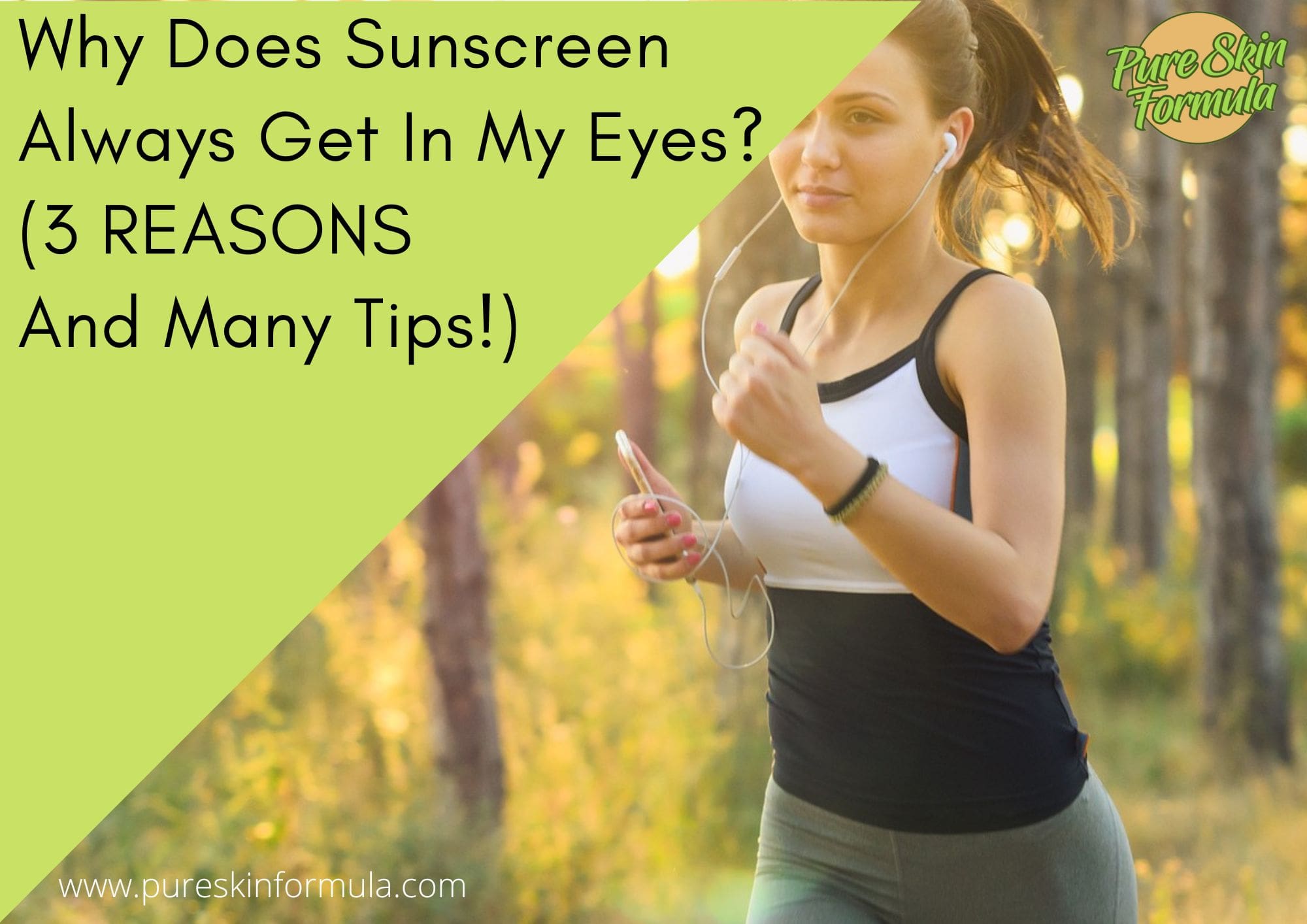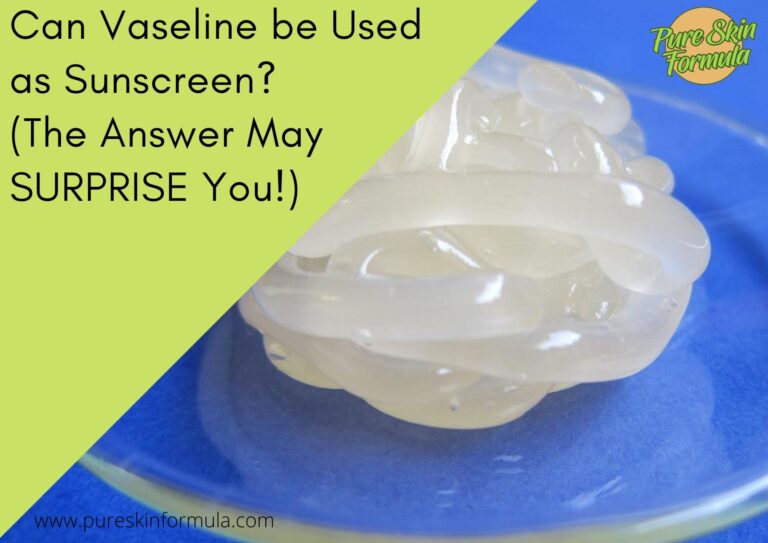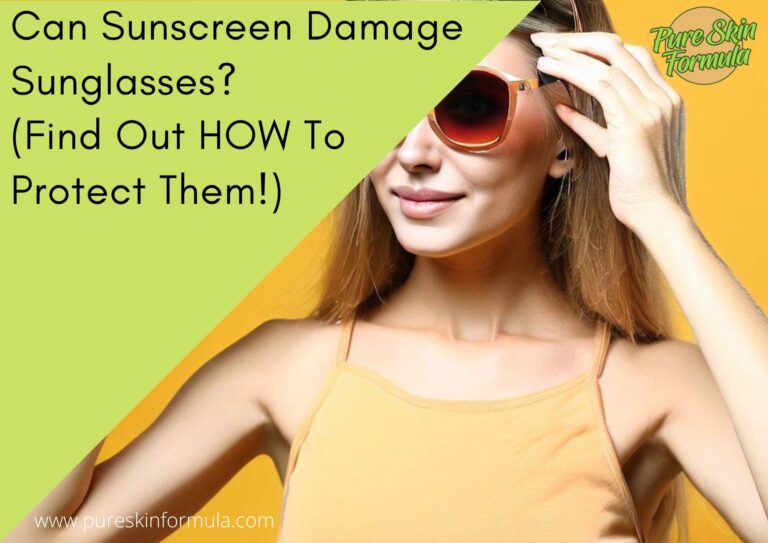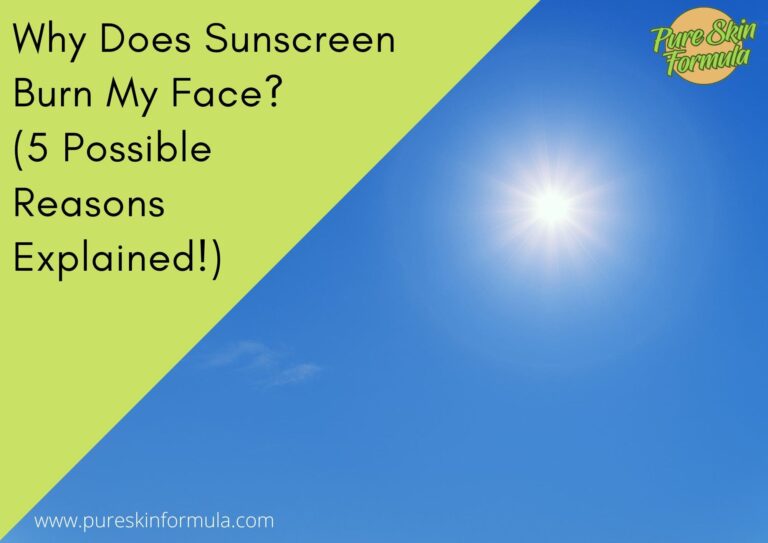Have you ever found yourself outside on a sunny day, enjoying the warmth on your skin, only to be left with stinging eyes from sunscreen?
It’s a common frustration and one that can put a damper on your outdoor fun. But why does sunscreen always seem to find its way into your eyes?
In this article, I’ll explore the science behind why sunscreen can cause irritation and discomfort and provide tips on how to avoid it.
By the end of this article, you’ll be equipped with the knowledge and tools you need to enjoy your time in the sun without the annoyance of stinging eyes.
So, let’s dive in!
Why does sunscreen always get in my eyes?
I have explored three reasons why this might happen.
- Sunscreens contain ingredients that adhere to the skin to provide long-lasting protection against UV rays. Some ingredients, such as zinc oxide and titanium dioxide, can be heavy and thick, making them more likely to run or drip into your eyes.
- The oils and sweat on your skin can mix with the sunscreen on your face, causing it to migrate toward your eyes. This is especially true if you’re sweating heavily or engaging in activities that cause you to produce a lot of oil.
- When you’re active or outdoors on a windy day, your body or the wind can cause sunscreen to move and migrate toward your eyes.
When sunscreen gets into your eyes, it can cause discomfort, redness, and even blurred vision. If done frequently, it can lead to eye infections and other eye health issues.
Let’s go further with this topic.
How to minimize the effects of sweat and oil?
You can choose a sunscreen that is water-resistant and sweat-resistant. These sunscreens are designed to stay on your skin even when sweating or in the water.
Avoid touching your face as much as possible, and use a towel or cloth to pat away any excess sweat gently.
Apply sunscreen correctly, especially around your eyes.
Avoid applying sunscreen directly to your eyelids or in the inner corners of your eyes, as this can increase the likelihood of it getting into your eyes.
How movement and wind can also contribute to sunscreen getting in your eyes?

When you move your body, the natural creases and folds in your skin can cause sunscreen to shift and migrate toward your eyes.
Engaging in high-impact activities, like running or jumping, causes your skin to bounce and move.
On windy days, the wind can blow sunscreen into your eyes, causing irritation and discomfort.
This is more likely to happen if you’re outside for an extended time, such as at the beach or hiking.
To prevent sunscreen from getting into your eyes, wear a hat or a scarf to protect your face from wind and other elements.
Why can sunscreen cause irritation and discomfort?
Some people may be sensitive to specific ingredients found in sunscreen (such as avobenzone or oxybenzone). These ingredients can cause redness, itching, and discomfort.
In rare cases, sunscreen can cause an allergic reaction – swelling, hives, and difficulty breathing. If you experience these symptoms after applying sunscreen, seek medical attention immediately.
Misapplying sunscreen can also lead to irritation and discomfort. If you don’t apply enough sunscreen or miss certain areas, you may be more prone to sunburn and discomfort.
How to properly apply sunscreen around your eyes?
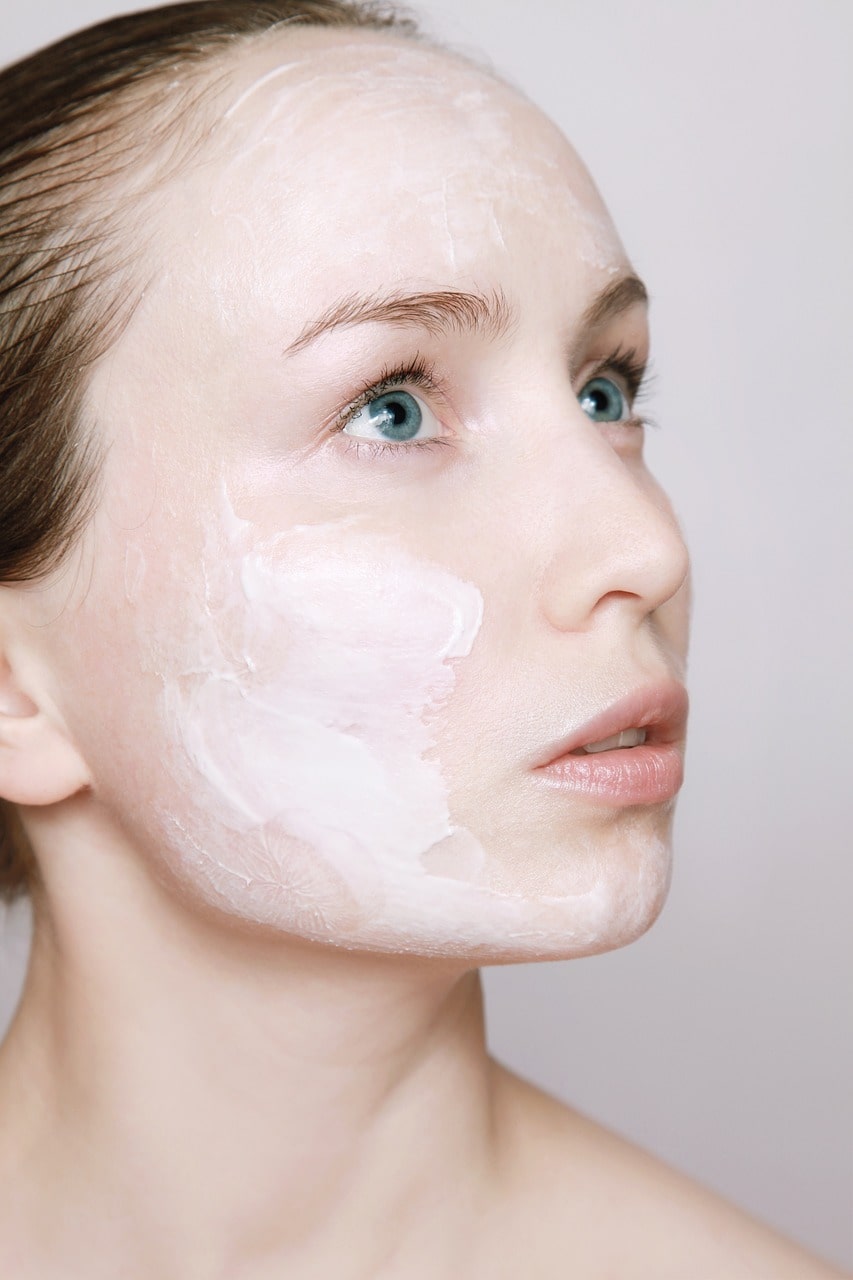
Choose a sunscreen specifically designed for the face. Many facial sunscreens are formulated to be gentle and non-irritating, making them a good choice for the delicate skin around your eyes. Look for a sunscreen that is fragrance-free and designed for sensitive skin.
Use your fingertips to apply a small amount of sunscreen to the areas around your eyes, including your brow bone and the area under your eyes. Be careful not to get sunscreen directly on your eyelids or eyes.
When applying sunscreen around your eyes, use a gentle touch and avoid rubbing or tugging at the skin. This can help prevent irritation and discomfort.
If you find applying sunscreen around your eyes with your fingertips difficult, consider using a sunscreen stick. These are designed to be applied directly to the skin and can help you avoid getting sunscreen in your eyes.
Wearing sunglasses can also help protect the delicate skin around your eyes from the sun’s harmful UV rays. Look for sunglasses with UV protection to get the most benefit.
Extra tips that can help you protect your eyes

Wearing a hat with a wide brim can provide additional protection for your face while reducing the amount of sunscreen on your forehead and around your eyes.
Wearing sunglasses not only helps protect you from the sun’s harmful UV rays but can also provide an additional barrier to prevent sunscreen from getting into your eyes.
Wearing a sweatband or headband can help absorb sweat and reduce the amount of sunscreen applied.
When it’s time to reapply sunscreen, wipe away any excess sunscreen from around your eyes before applying a fresh layer. This can help reduce the risk of sunscreen getting into your eyes.
The bottom line
Sunscreen is essential to any skincare routine, but it can be frustrating when it gets in your eyes, causing irritation and discomfort.
Understanding how sunscreen interacts with sweat, oils, movement, and wind can help you apply it correctly and avoid getting it in your eyes.
By choosing the right sunscreen products, using proper application techniques, and taking additional measures such as wearing hats and sunglasses, you can protect your skin from the sun’s harmful rays without discomfort.
Try to reapply sunscreen every two hours and seek shade when possible to ensure you get the most effective sun protection.
With these tips, you can enjoy your time in the sun while keeping your eyes and skin safe.
Thank you for reading!
Valeria

